Linux Server Administration Assignment: Account and File Management
VerifiedAdded on 2023/06/07
|11
|530
|287
Homework Assignment
AI Summary
This assignment solution provides a detailed overview of Linux server administration, covering key aspects such as automated account management, file system design, and the use of shell scripts. It begins with creating and running shell scripts for managing user accounts, including creating, removing, and archiving home directories. The solution then delves into designing a file system using ZFS volume, outlining the steps for installing ZFS, viewing disk volumes, and creating a storage pool. Furthermore, the assignment showcases two scripts for file system management, one for ensuring user home directories are owned and accessible only by the owner, and another for identifying and converting files, specifically converting FLAC files to MP3 format using metadata. The solution is based on the provided references of 'Beginning Ubuntu Linux' and 'Ubuntu Netbooks'.
1 out of 11

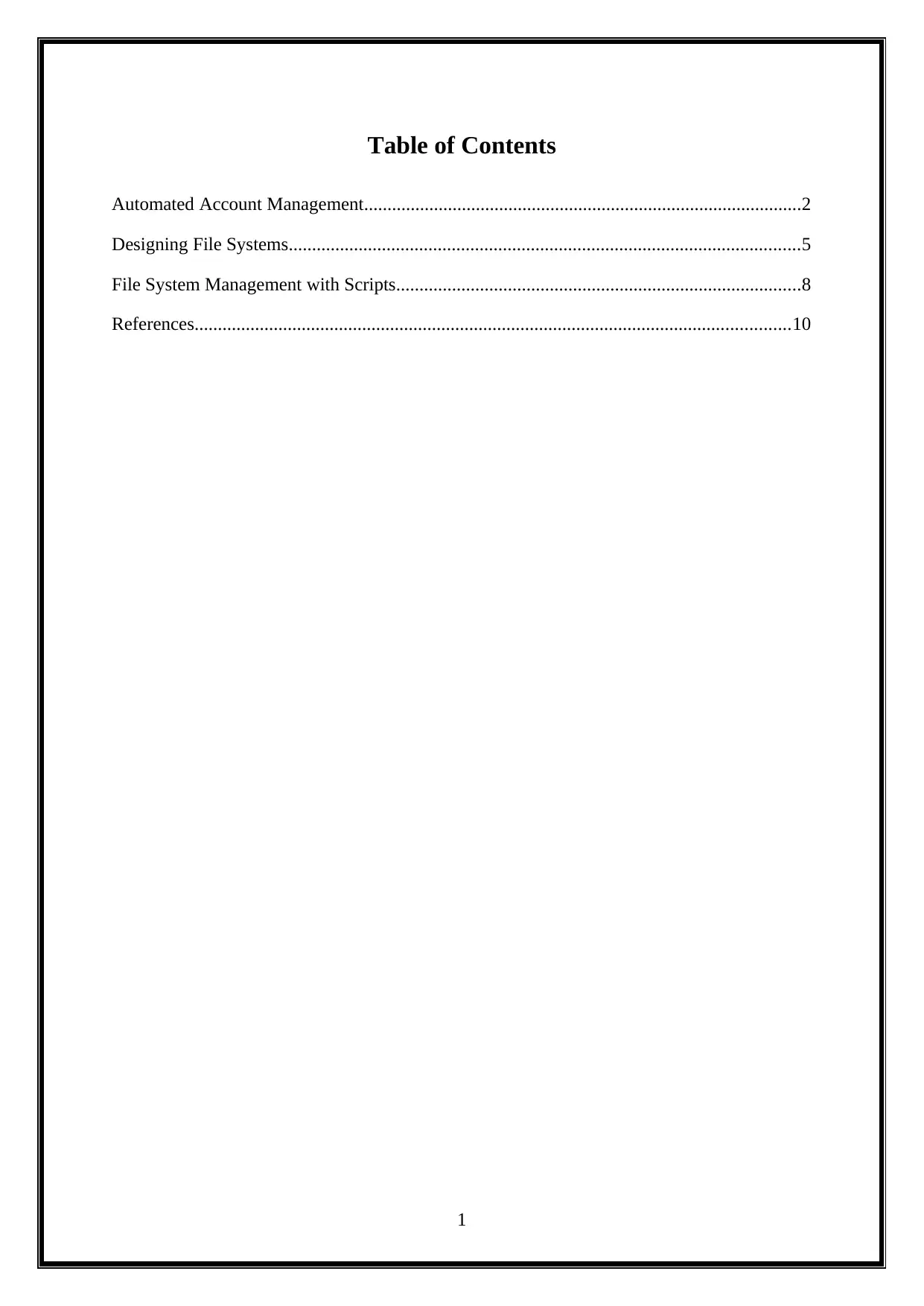
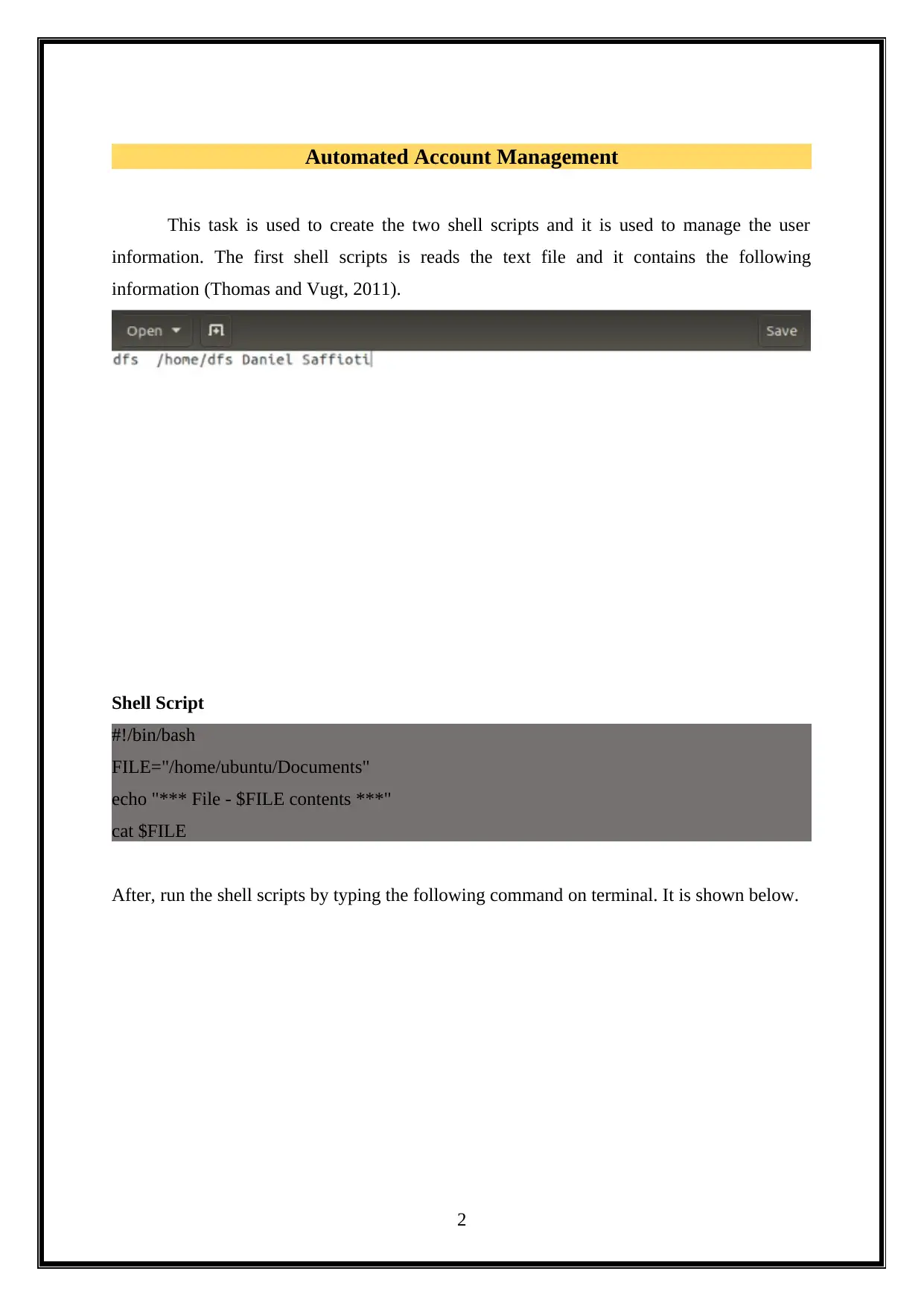

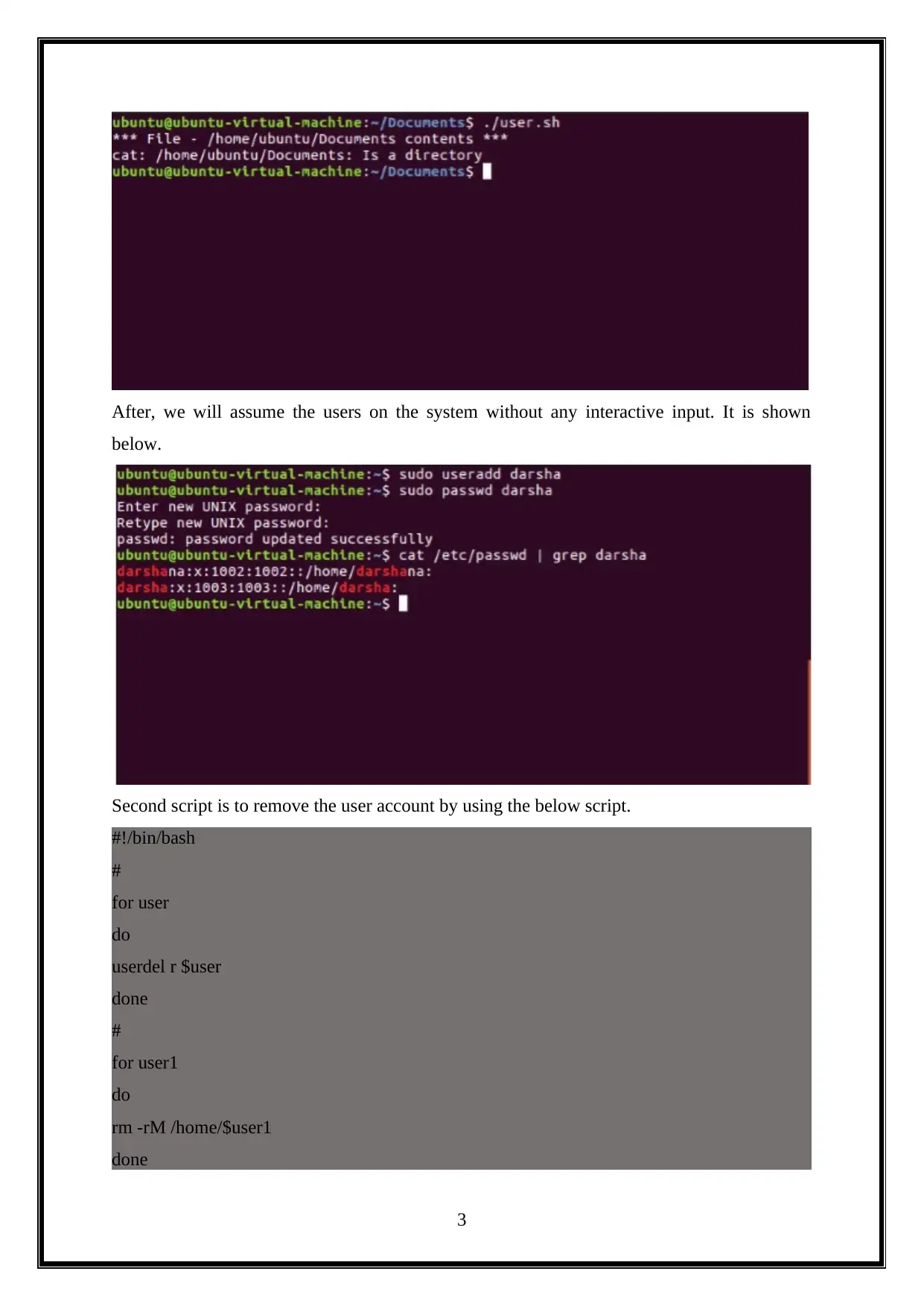
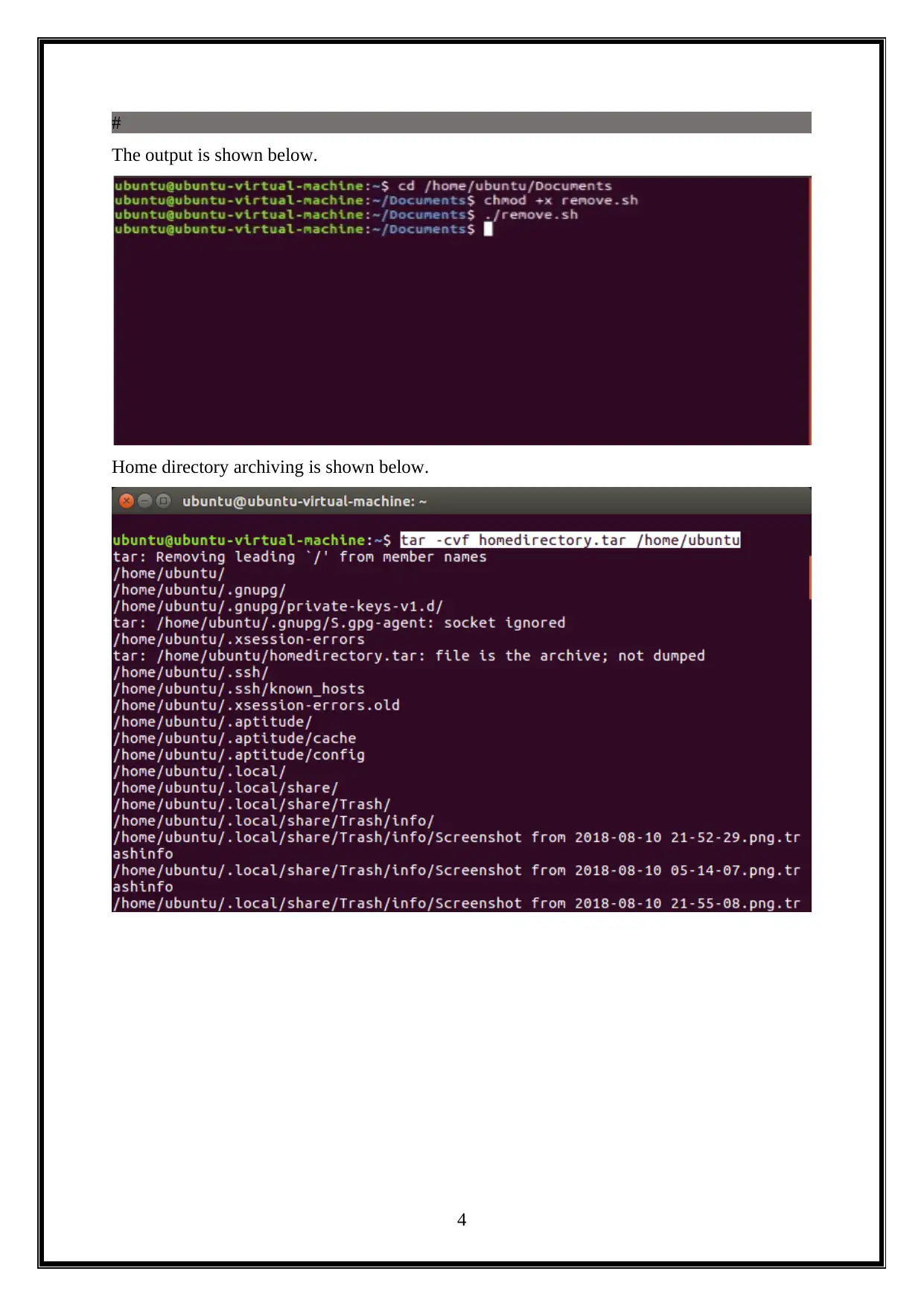
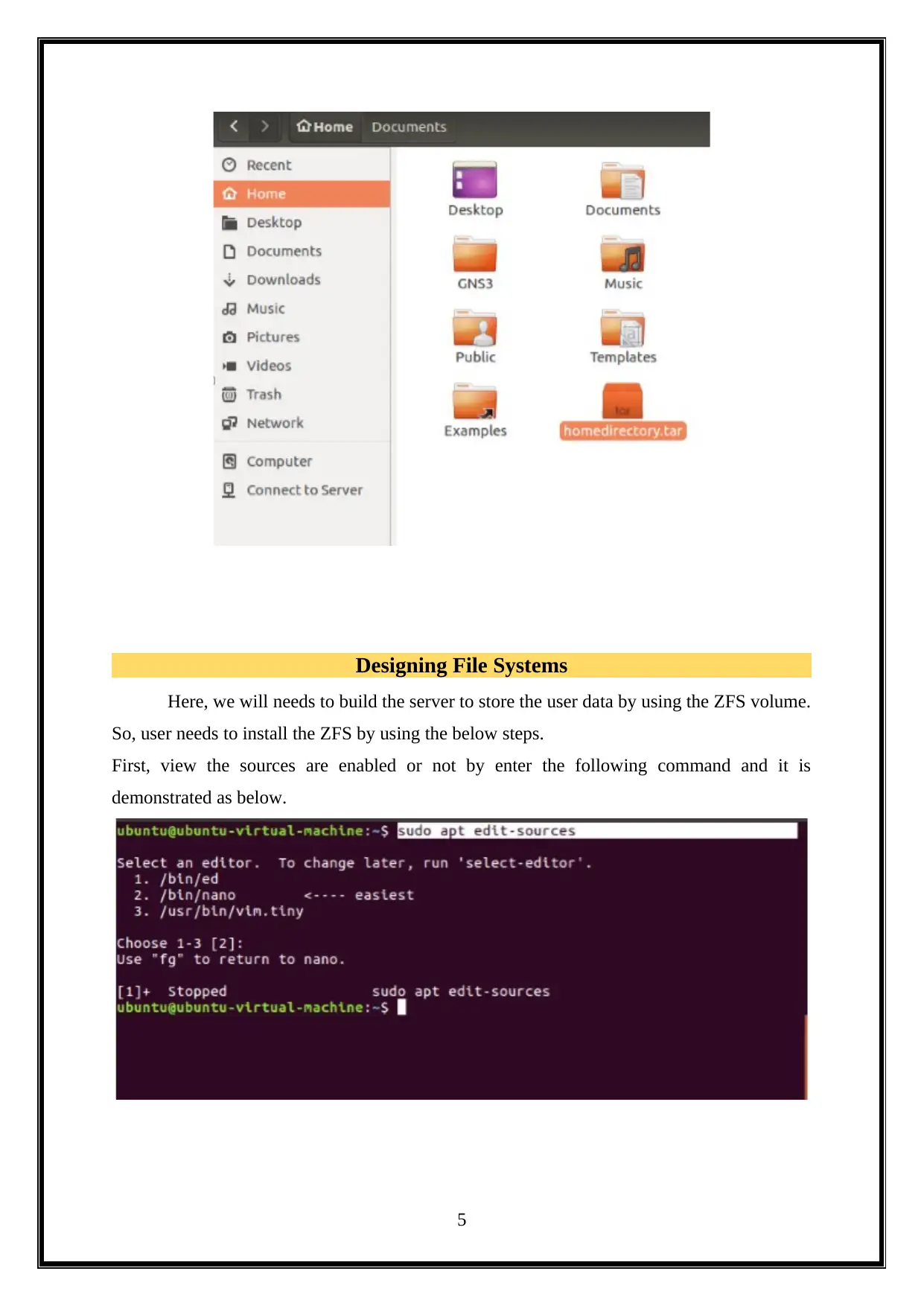
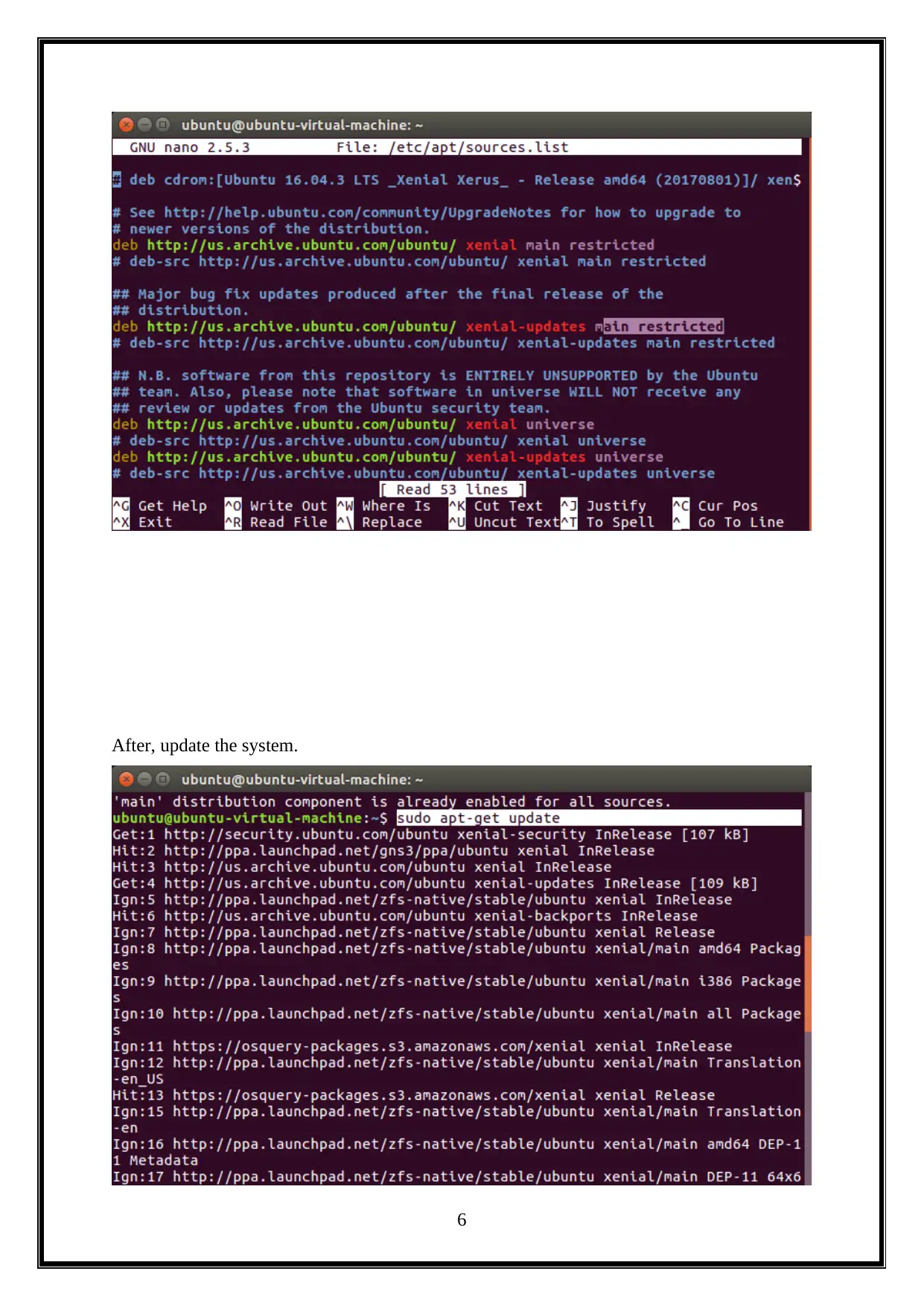
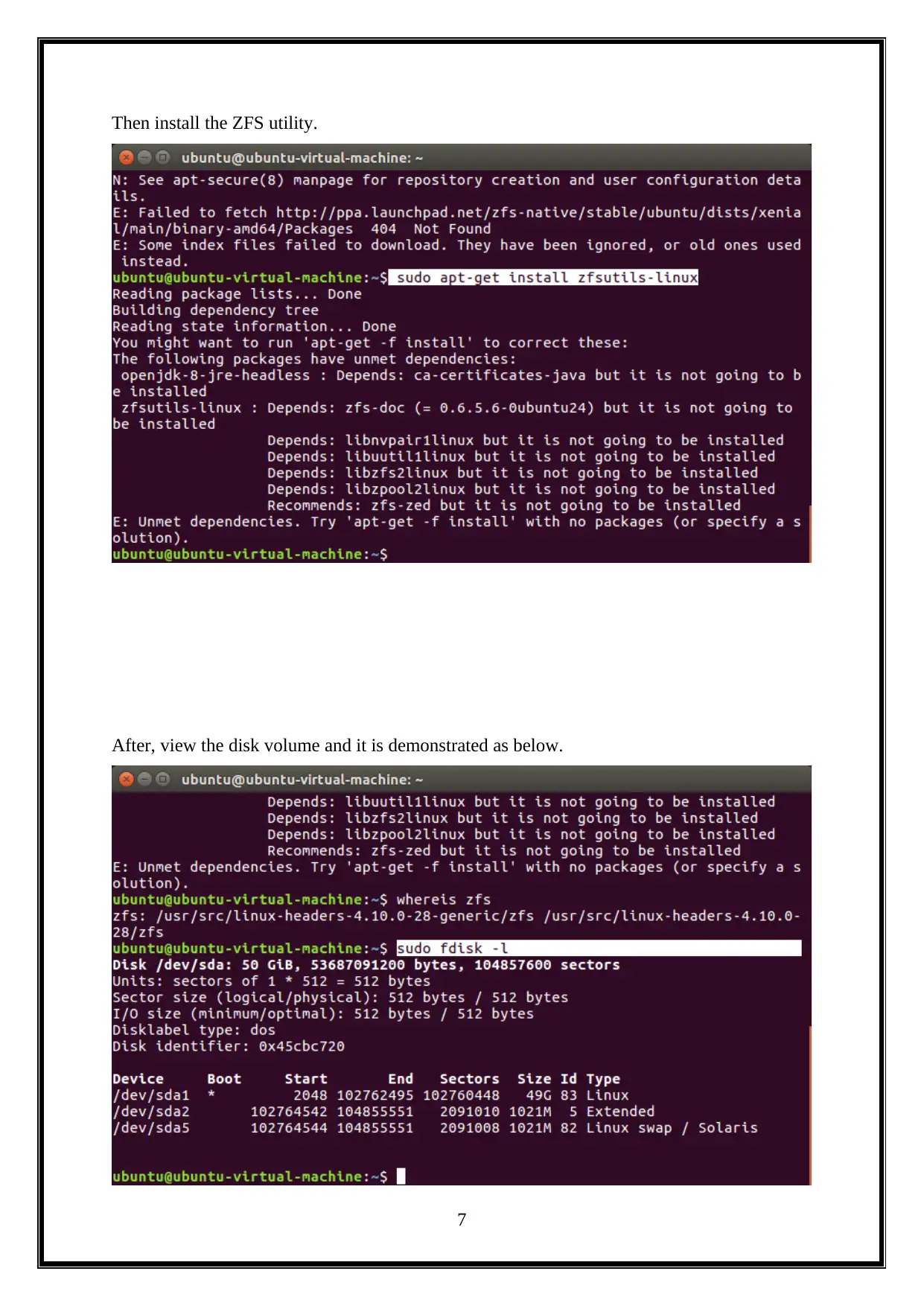
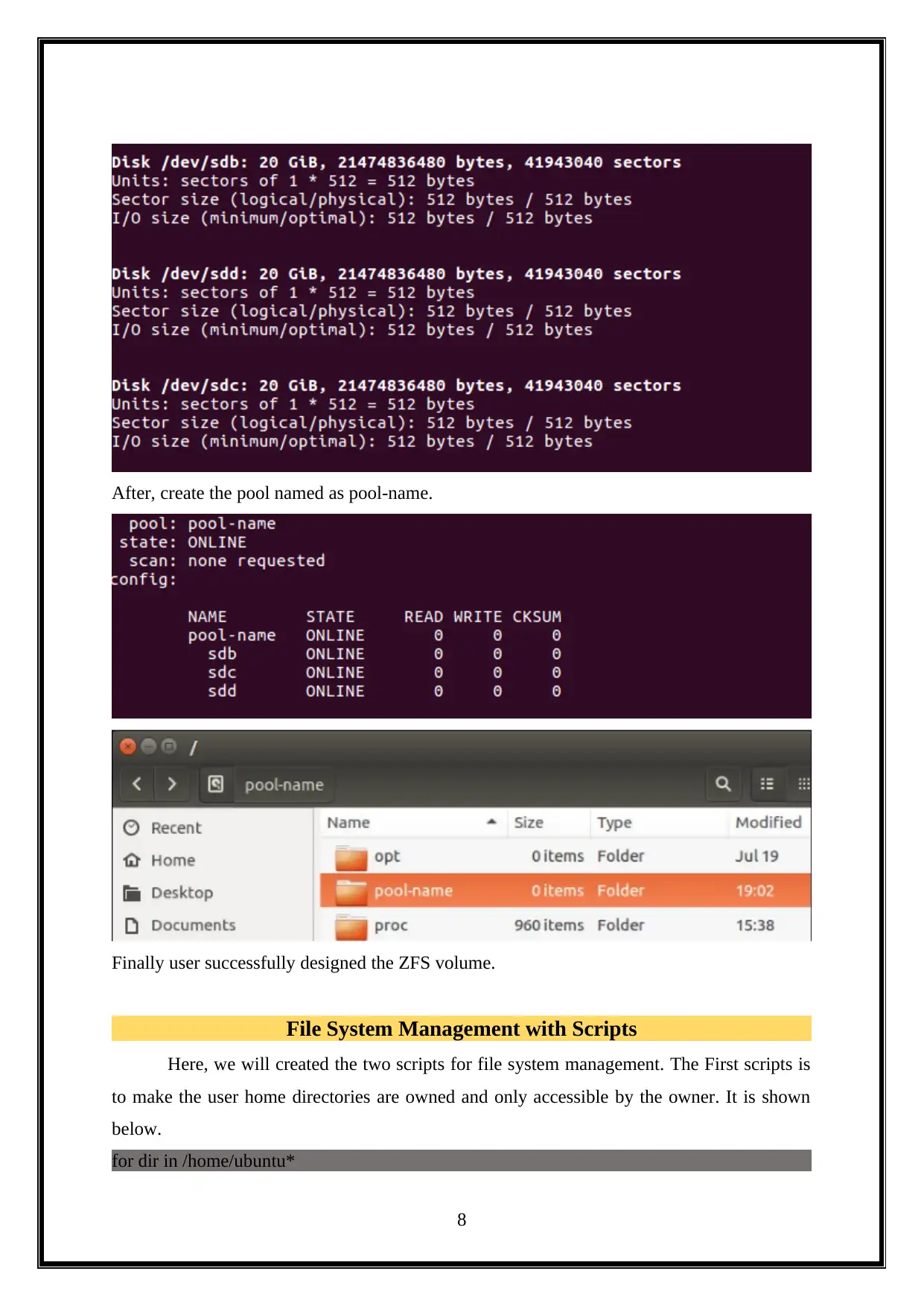
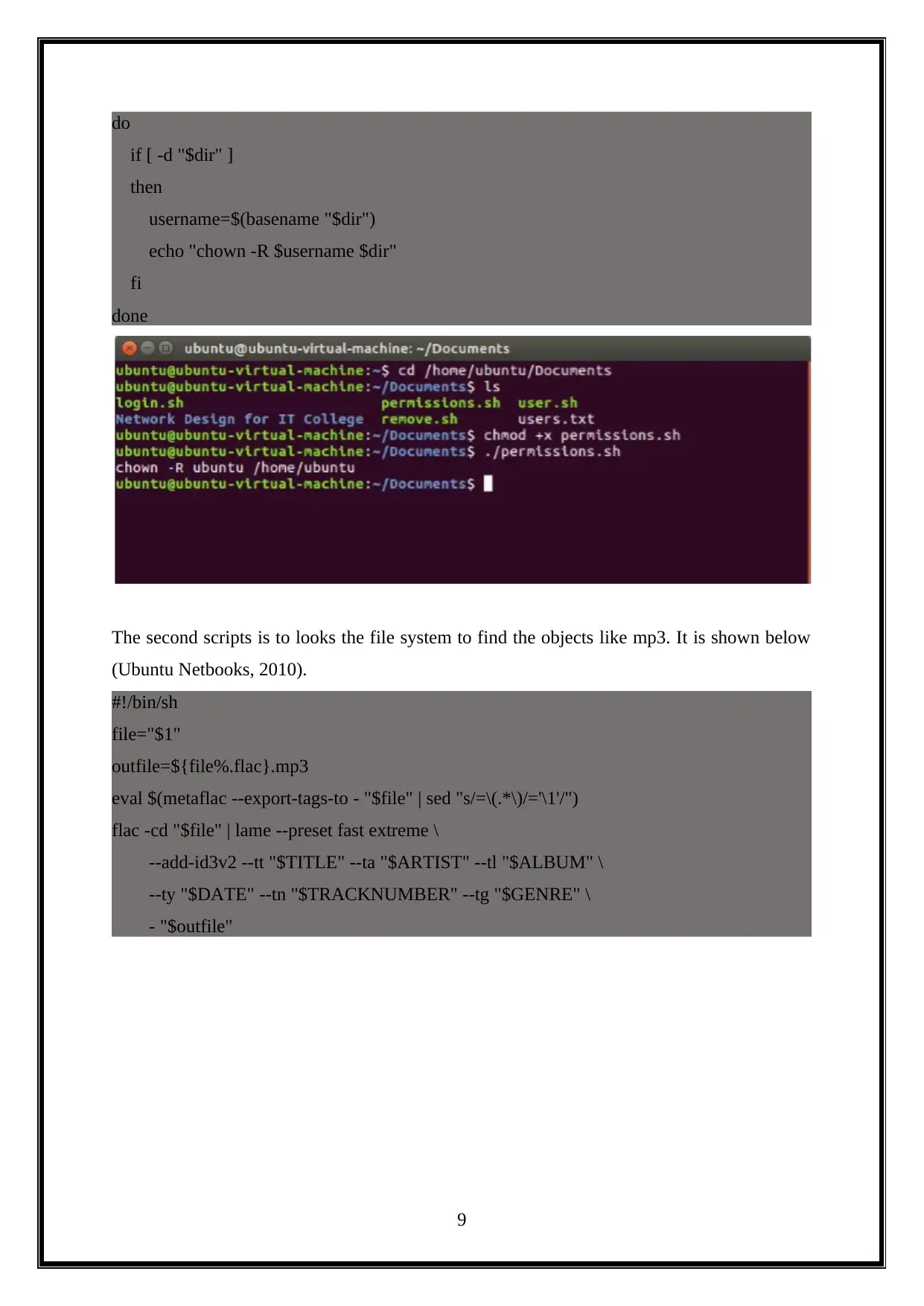
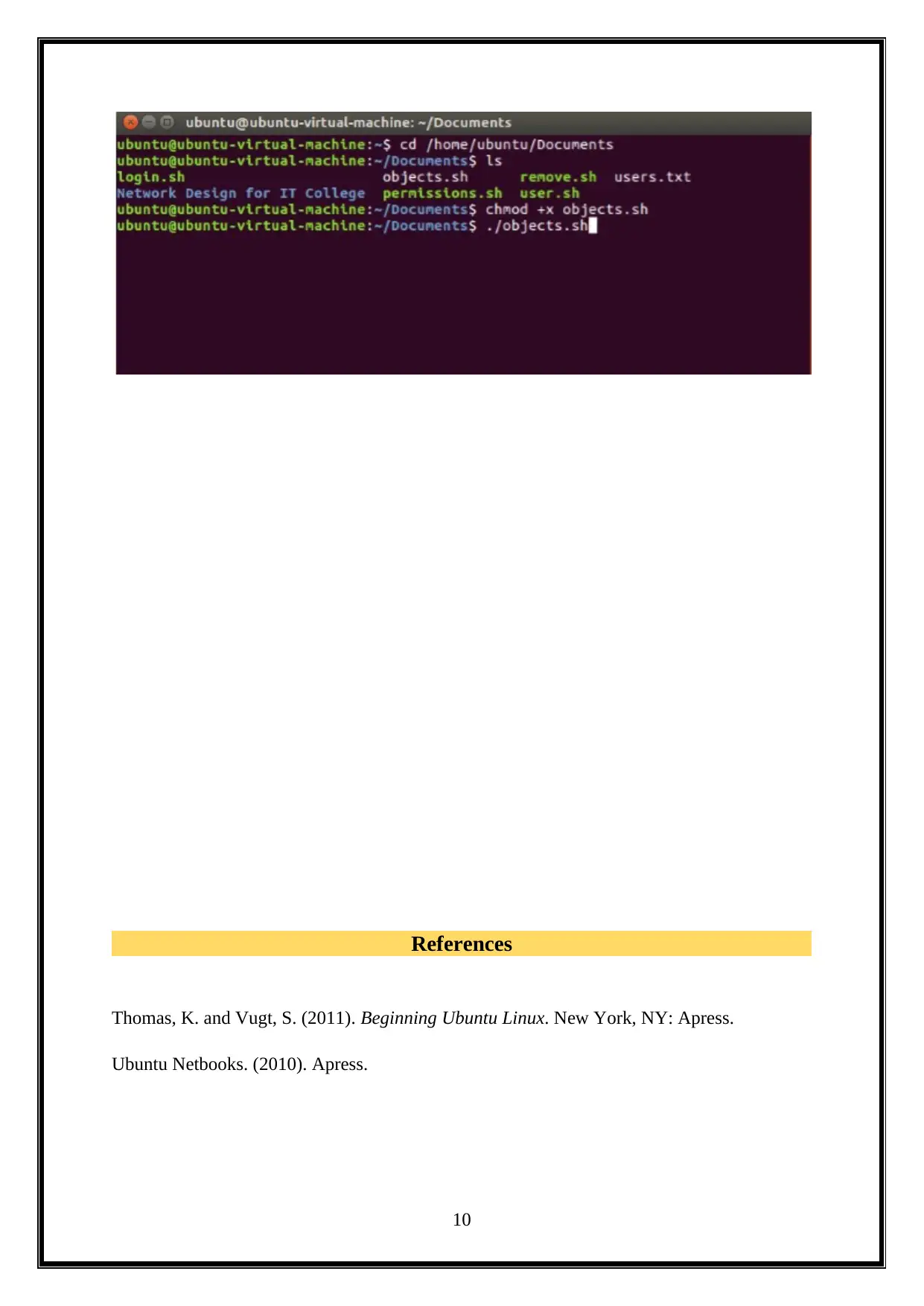




![[object Object]](/_next/static/media/star-bottom.7253800d.svg)